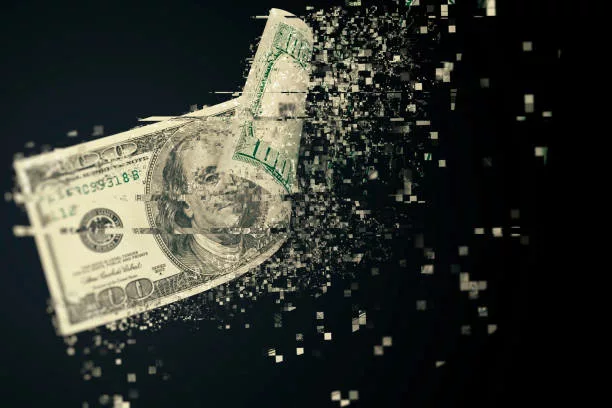Modeling money non-neutrality in macroeconomics: The role of money illusion
Abstract
One of the main questions that has shaped the economic debate in the last centuries is whether money is neutral. Money is neutral according to the quantity theory of money, which, in Lucas’ words is “the doctrine that changes in the number of units of money in circulation will have proportional effects on all prices that are stated in money terms, and no effect at all on anything real, on how much people work or on the goods they produce or consume”. Neutrality of money implies a secondary role of money in the economy as, according to the neutrality assumption, an increase in the quantity of money would only affect the general price level instead of the relative price level. On the contrary, money is said to be non-neutral if a change in the amount of money affects real variables of the economy such as income and consumption. The question of whether money is non-neutral is a central one in economics as the validity of monetary policy relies on it.
The purpose of this study is to provide a brief overview of how money non-neutrality has been modeled in macroeconomics through the centuries and to reconsider the potential role of money illusion, which is often excluded from today’s economic analyses in a dogmatic way. To conclude, different alternatives to reconcile the observed phenomenon of money illusion with modern macroeconomics will be analyzed.
